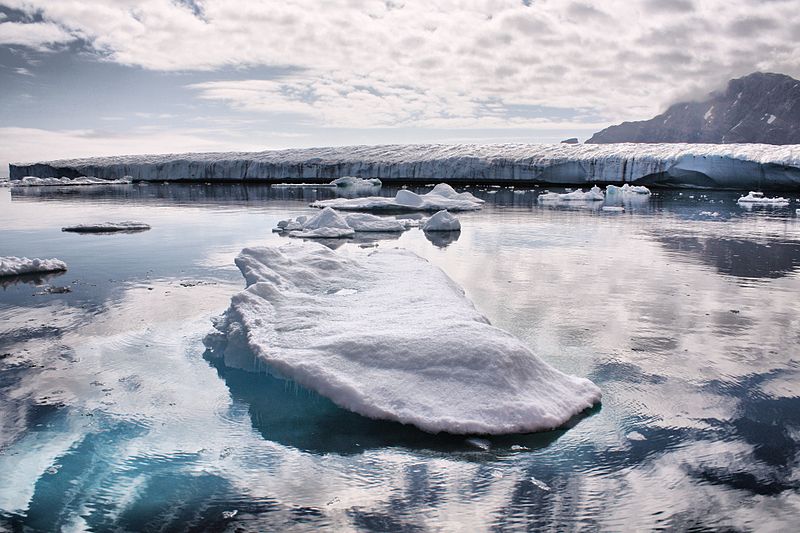
Global warming may have pushed Greenland’s ice sheets past a tipping point, with the island having lost ice from its glaciers faster than snowfall could replenish them over the past two decades, according to a new study. Although this trend is expected to worsen as global temperatures increase, the researchers warn that Greenland’s glaciers are flowing fast enough that even if we were to suddenly manage to get an overnight handle on climate change, they would continue to shrink.
After studying forty years worth of monthly satellite data from more than 200 of Greenland’s large glaciers that flow into the ocean, an international team of researchers have found that Greenland’s ice sheet appears to have passed a tipping point, where the snowfall that replenishes the ice sheet annually cannot keep up with the increased flow of ice that is draining into the ocean from glaciers.
“We’ve been looking at these remote sensing observations to study how ice discharge and accumulation have varied,” according to lead study author Michalea King, a researcher at The Ohio State University’s Byrd Polar and Climate Research Center. “And what we’ve found is that the ice that’s discharging into the ocean is far surpassing the snow that’s accumulating on the surface of the ice sheet.”
King’s team found that throughout the 1980s and 1990s the snow deposited on Greenland’s ice sheet each year was in balance with the loss of ice at the edge of the island, through ice melt or the calving of icebergs where the glaciers meet the sea, keeping the size of the ice sheet relatively stable, year-to-year. This cycle would average around 450 billion tons of ice gained and lost for those decades.
“We are measuring the pulse of the ice sheet—how much ice glaciers drain at the edges of the ice sheet—which increases in the summer. And what we see is that it was relatively steady until a big increase in ice discharging to the ocean during a short five-to six-year period,” King continued.
This period began around 2000, and increased steadily until Greenland was shedding 500 billion tons of ice each year, but snowfall amounts hadn’t seen a corresponding increase to meet the extra 50 gigatons being lost annually. This rate of ice loss has remained relatively steady over the past decade, meaning the ice sheets have continued to shrink at a steady rate over that period of time.
This shrinkage has caused Greenland’s glaciers to retreat inland by approximately 3 kilometers (1.86 miles) since 1985, meaning that their faces have more water flowing beneath them, exposing them to warmer ocean currents, exacerbating the problem by melting the ends of the ice shelves from below.
King’s team says that what this means is that even if we were to curb global warming overnight, Greenland’s glaciers would continue to shrink, shedding ice at a rate 11 percent faster than in previous decades, spelling bad news for ocean level rise.
A heat wave over Greenland last year is estimated to have melted more than 200 billion in July alone, with a one-day record loss of 11 billion tons on July 31, enough to have added a full half millimeter, or 0.02 inches, to sea level rise that day.
Subscribers, to watch the subscriber version of the video, first log in then click on Dreamland Subscriber-Only Video Podcast link.